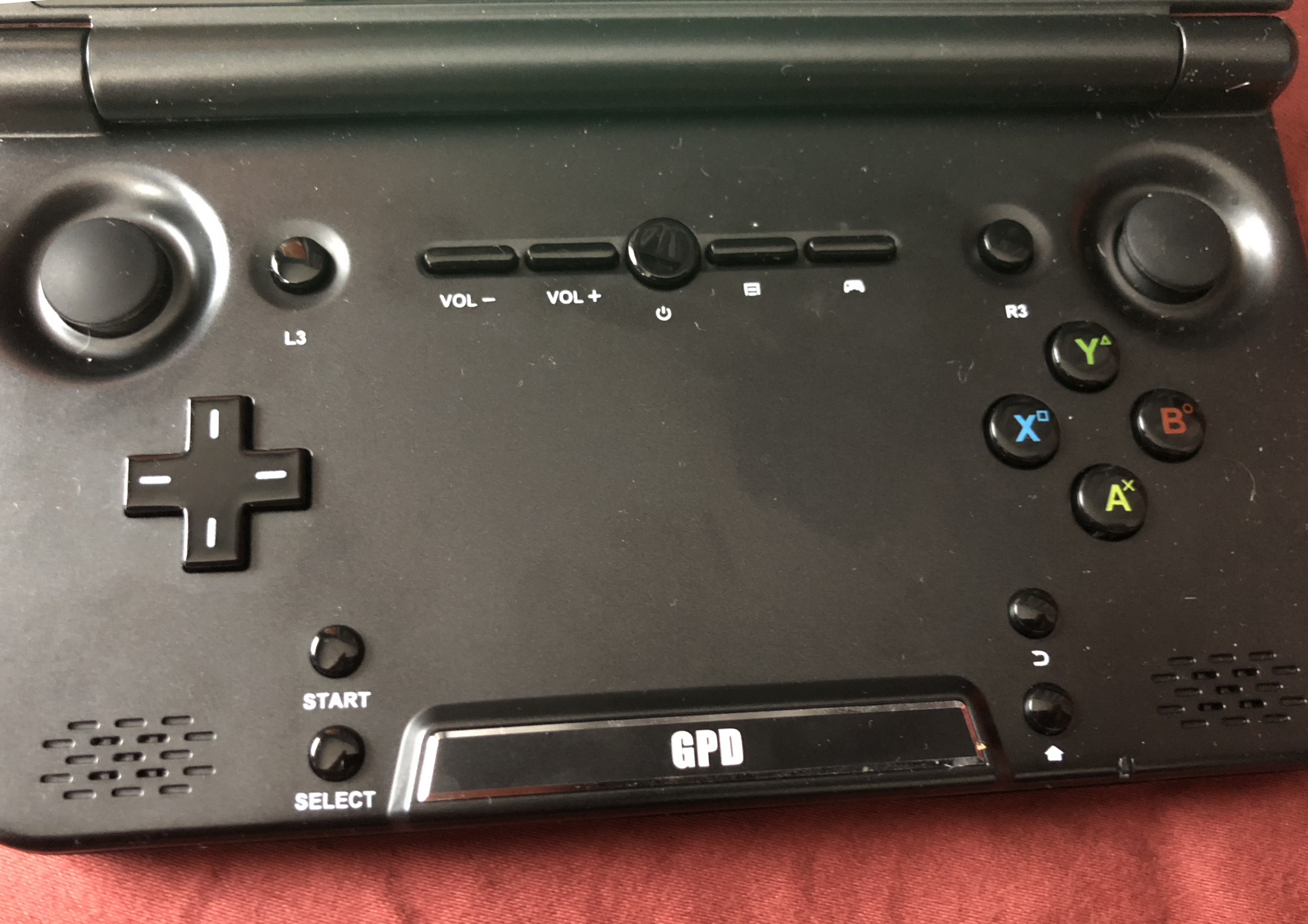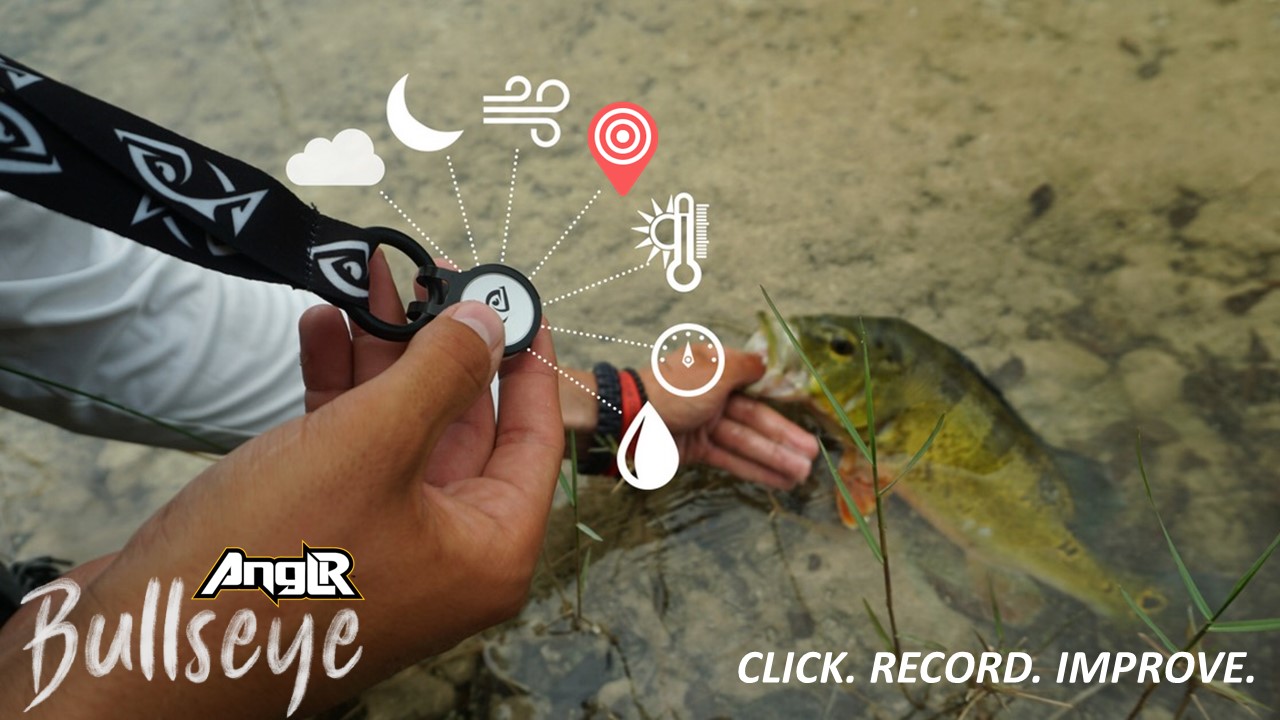Apple is creating a new AI/ML team that brings together its Core ML and Siri teams under one leader in John Giannandrea.
Apple confirmed this morning that the combined Artificial Intelligence and Machine Learning team, which houses Siri, will be led by the recent hire, who came to Apple this year after an eight-year stint at Google, where he led the Machine Intelligence, Research and Search teams. Before that he founded Metaweb Technologies and Tellme.
The internal structures of the Siri and Core ML teams will remain the same, but they will now answer to Giannandrea. Apple’s internal structure means that the teams will likely remain integrated across the org as they’re wedded to various projects, including developer tools, mapping, Core OS and more. ML is everywhere, basically.
In the early days, John was a senior engineer at General Magic, the legendary company founded by Apple team members in 1989, including Andy Hertzfeld, Marc Porat and Bill Atkinson. That company, though eventually a failure, generated an incredible amount of technology breakthroughs, including tiny touchscreens and software modems. General Magic also served as an insane incubator and employer of talented people; at one point Susan Kare, Tony Fadell, Andy Rubin, Megan Smith and current Apple VP of Technology Kevin Lynch all worked there.
Giannandrea spoke at TechCrunch Disrupt 2017, because our timing is impeccable. You can listen to that talk here:
The Siri and ML teams at Apple, though sharing many common goals, grew up separately. Given that “AI” in general is so central to Apple’s efforts across a bunch of different initiatives, it makes sense to have one, experienced person to be the buck stopper. The haphazard way that Siri has lurched forward has got to get smoothed out if Apple is going to make a huge play for improvements in the same way that it’s doing with Maps. I think at some point there was a realization that doing AI/ML heavy lifting with the additional load of maintaining user data privacy was enough to carry without having to also maintain several different stacks for its ML tools. Recent releases like Create ML are external representations of the work that Apple’s ML teams are doing internally, but that work is still too fragmented. Creating a new org sends a clear message that everyone should be on the same page about what masters they serve.
As with Maps, Apple is going to continue to build out its two-sided AI/ML teams that focus on general computation in the cloud and personalized, data-sensitive computation locally on device. With more than 1 billion devices in people’s hands that are capable of doing some of this crunching, Apple is in the process of building one of the biggest edge computing networks ever for AI. Seems like a challenge Giannandrea would be interested in.




